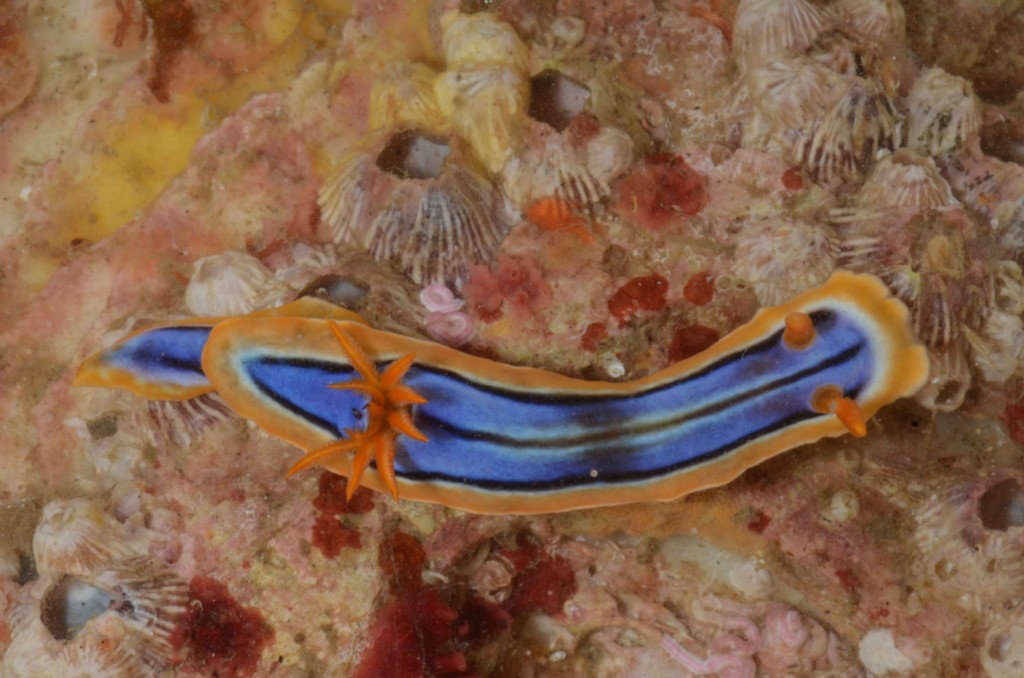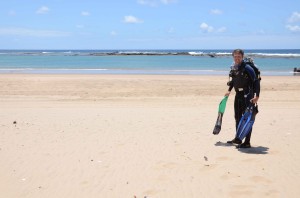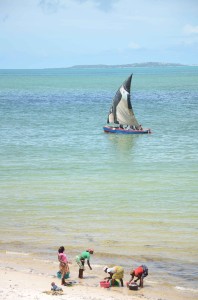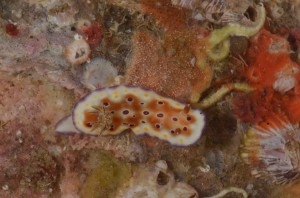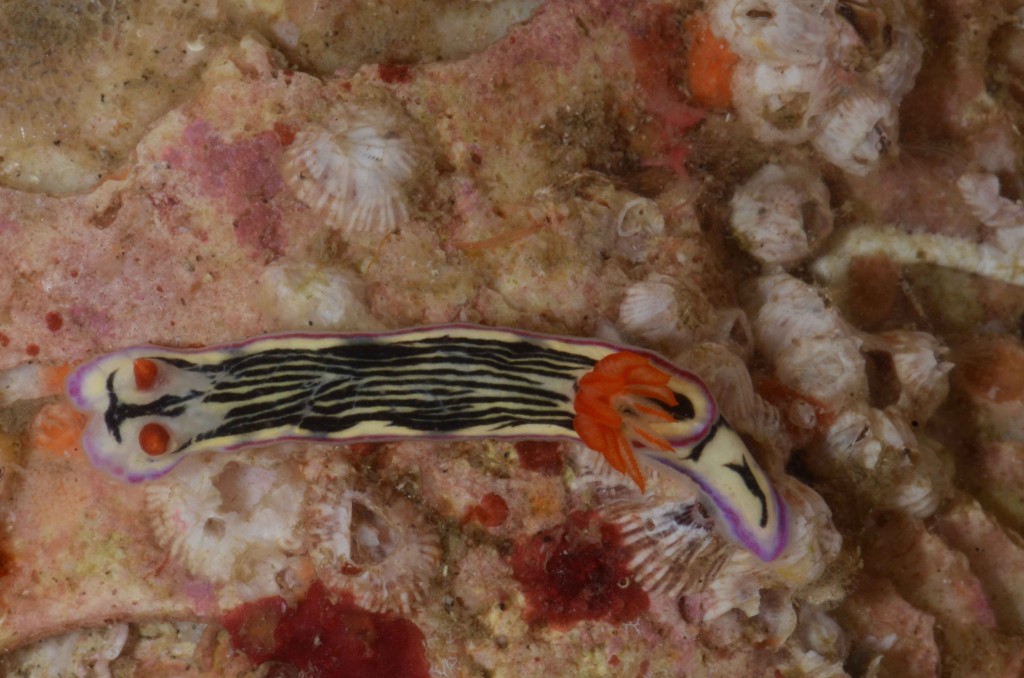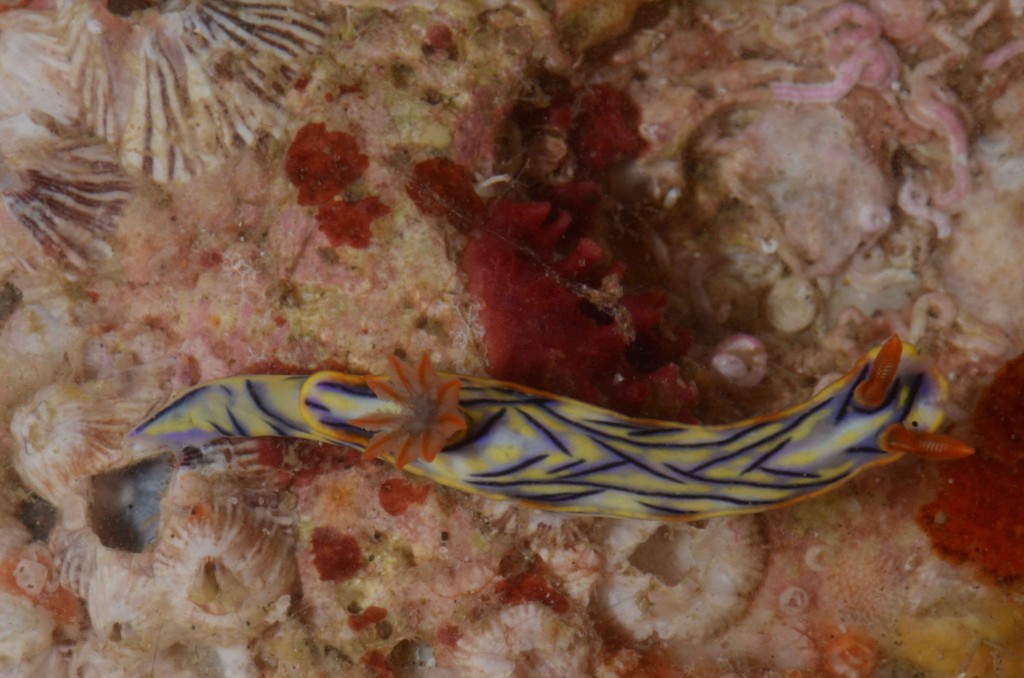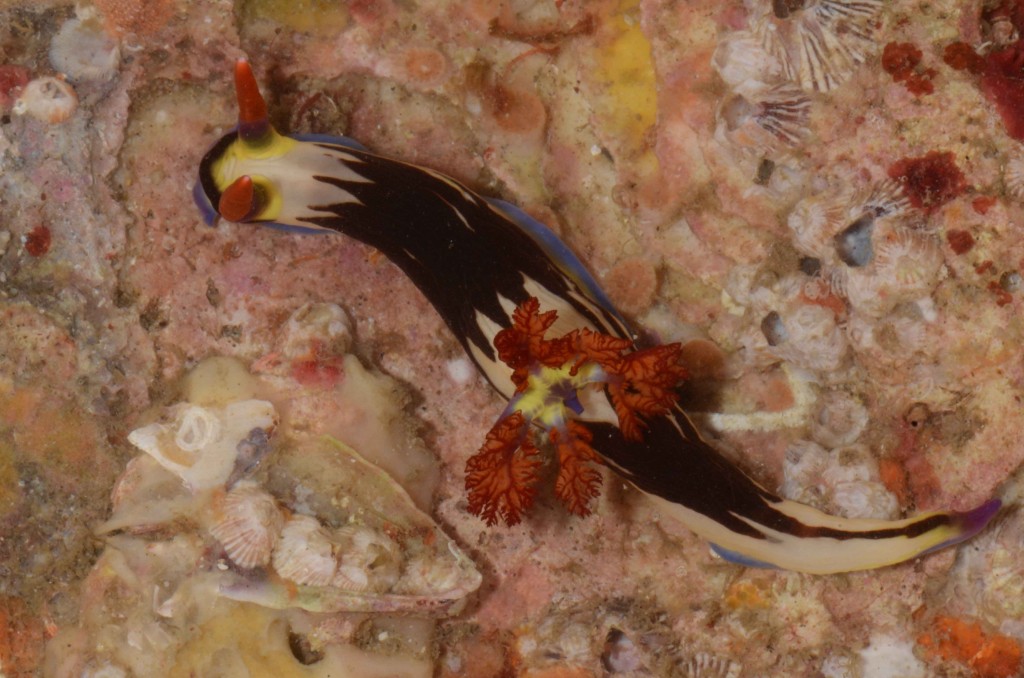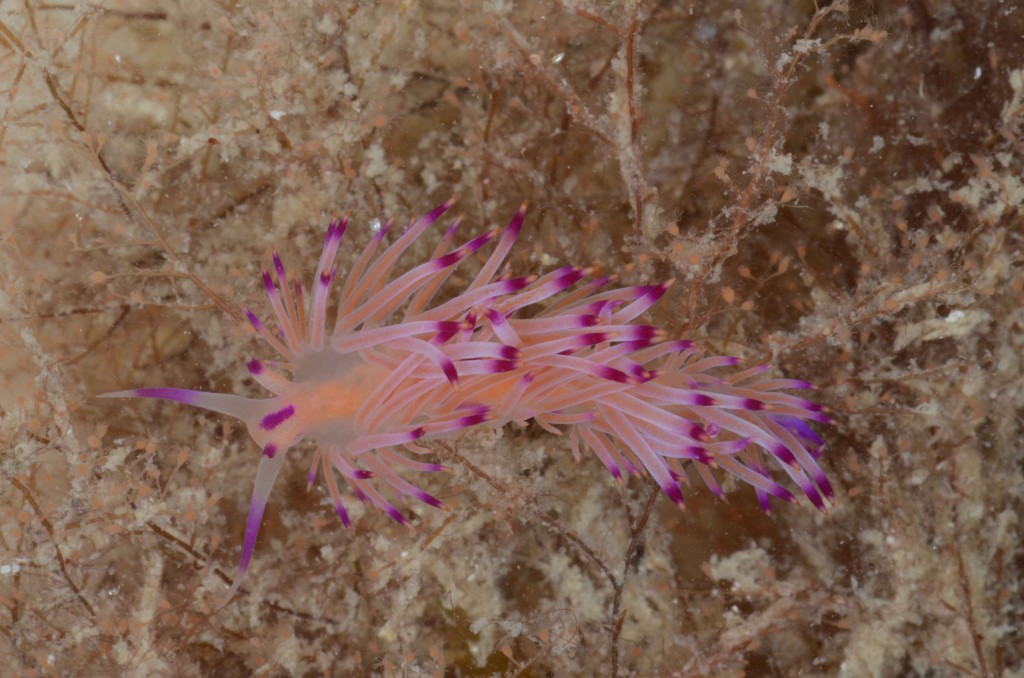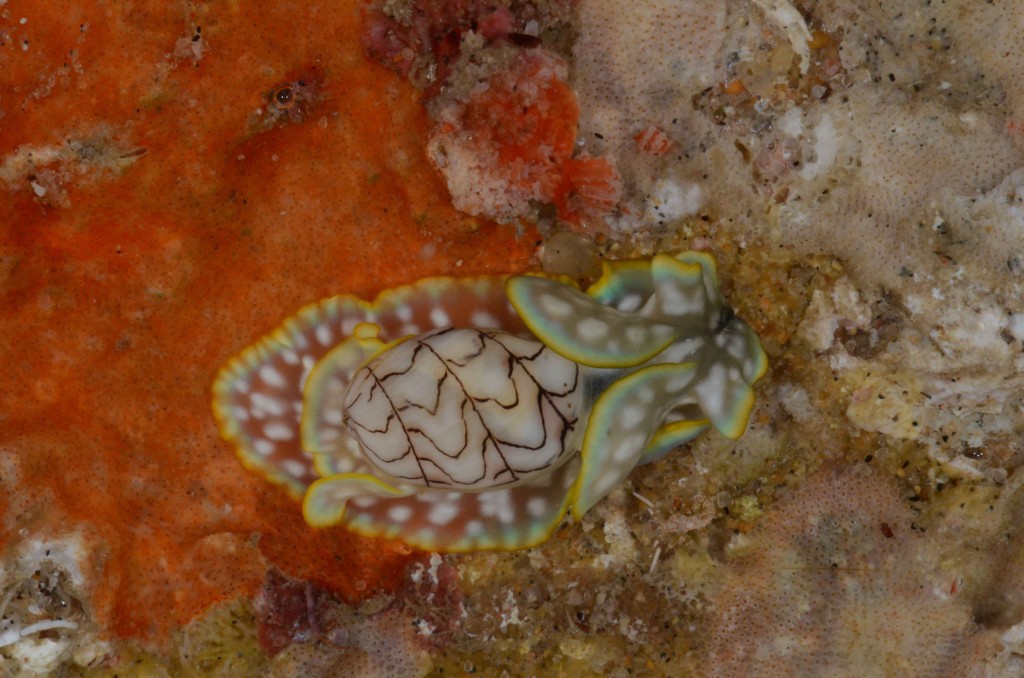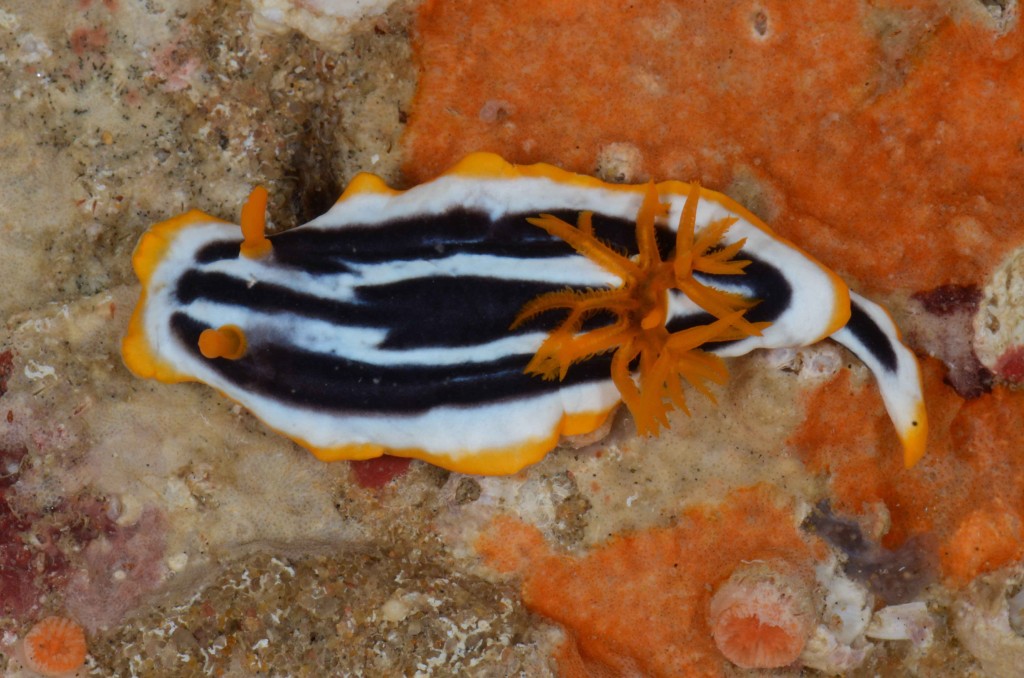
Chromodoris africana (Zavora, Inhambane). This species is part of a complex in need of revision where other “species” imaged here are also part of (e.g. Chromodoris hamiltoni, Hypselodoris regina, Chromodoris elisabethina)
On the 27th January we left the subtropical latitudes and moved into the tropics where we established our base-camp in the town of Vilanculos overlooking the Bazaruto Archipelago Natural Park – a string of six islands surrounded by coral reefs. Regrettably a spiral of bureaucracy and administrative complications made impossible to obtain the necessary collecting permit to sample in the pristine reefs of the Natural Park. Alternative good sampling sites were not that easy to find and the weather conditions also didn’t help much with strong winds and some rain, resulting in a very choppy sea. We decided to move back south one day before scheduled and spend two days in the village of Paindane with great tidal and inshore reefs housing an extraordinary diversity of slugs. Here we sampled both at night- and day-time and was impressive to see the faunal differences between these two periods of the day.
On the 2nd February we travelled back to the village of Zavora where we had meet for the beginning of the campaign. We spend the last three days sampling in Zavora a truly hot spot for marine slugs; the diversity in the tidal and subtidal reefs exceeds anything I have experienced before. My colleagues from the Zavora Marine Lab have already registered the occurrence of nearly 200 species in these reefs and even so we managed to add to the list a few more!
Overall, about 80 species were collected during our fieldtrip but the identification of several of them requires now detailed study and will integrate ongoing projects at the Natural History Museum of Bergen.

Goniobranchus cf. tinctorius (Vilanculos). This is part of another complex of species in need of systematic study

